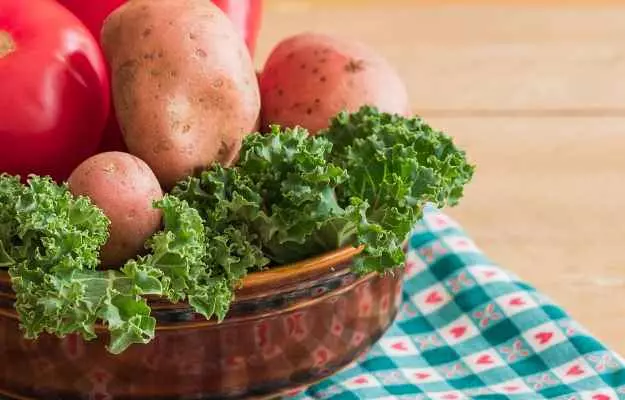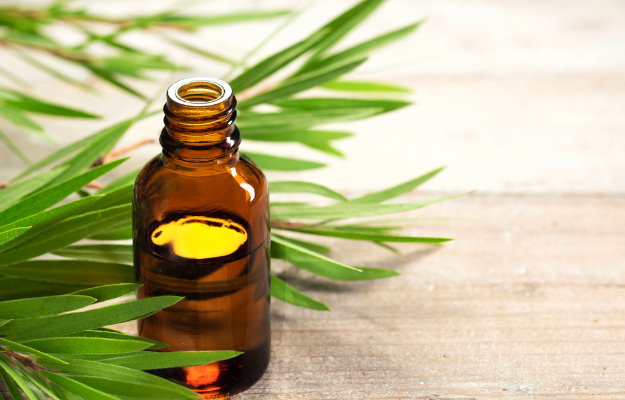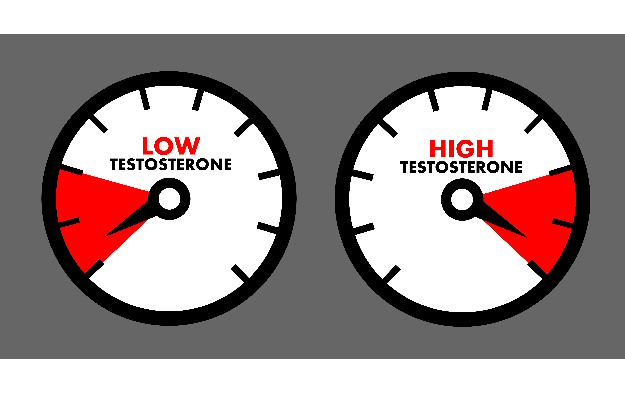Iron is an important mineral that makes up a major part of our blood in the form of haemoglobin. Through haemoglobin, iron becomes a crucial nutrient facilitating transport of oxygen to various body tissues, however, it is also essential in the production and functioning of various metabolic enzymes and for maintaining a healthy immune system. It is further needed for the growth and development of the foetus and hence iron supplements are usually prescribed to pregnant women.
Despite all these functions, excess iron could be toxic to the body and can increase the risk of various diseases including liver and heart ailments. Thus, it is essential to maintain a balance of iron in the body while making sure that you take your daily recommended dosage.
But what exactly is that dosage? And how can you reach your daily recommended iron requirements? You’ll find the answer in this article along with the dietary sources of iron and its role in maintaining body functions.













